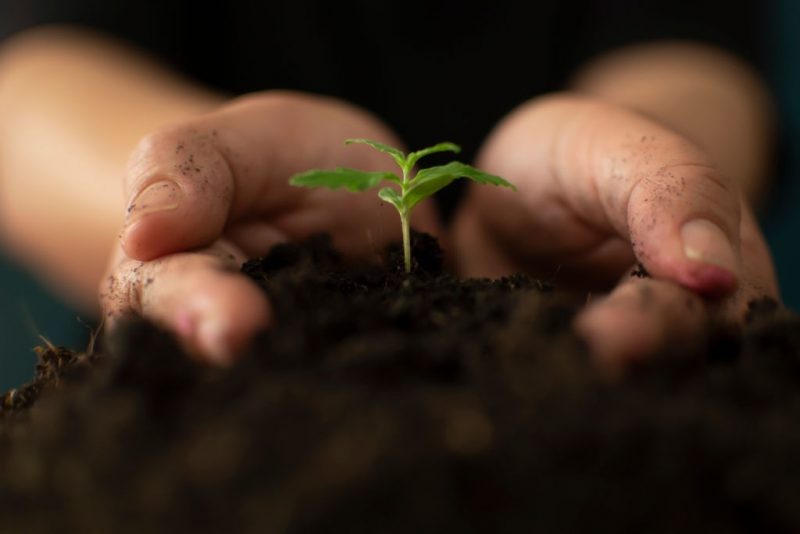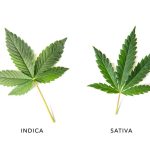🔥 Website for Sale - Contact Us
Using a Grow tent is the most effective method to cultivate a small number of plants to produce marijuana at a fraction of the price compared to buying from dispensaries.
While ready-to-go indoor kits are the best grow tent setup for beginners, custom cherry-picking all the components of the ecosystem is more cost-effective and results in a higher cultivation efficiency.
Understanding the basic principles of an effective indoor grow tent setup you will reach the rank of “captain green finders” in no time at all.
To ensure the grow tent is able to do as it claims the tent needs to pass a simple criteria test in order to eliminate the bad apples from the bunch.
In this article, we take a look at what means exactly and other important facts to consider before making a purchase commitment.
Here is my list of top things to consider when shopping for an indoor grow tent.
Choosing the best grow tent setup for beginners will save you a world of pain
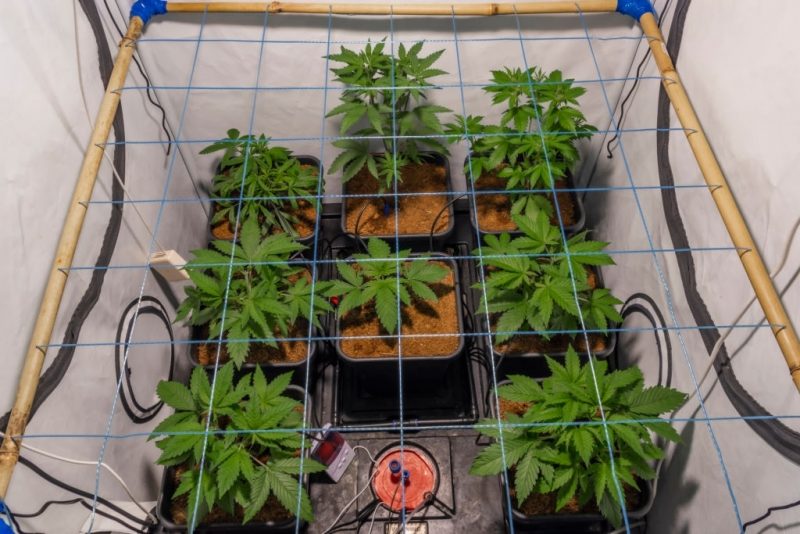
Making an uneducated purchasing decision can result in spending hard-earned money on gear that doesn’t last more than a couple of growing cycles or make your life extremely hard by not functioning like expected.
To help you make sense of all the marijuana grow tent marketing noise, here 5 critical factors to consider before making a tent purchase.
1. Calculating the perfect grow tent size
One of the most important factors to consider is the amount of grow space needed for your end goal.
Although indoor grow tents are intentionally designed to be incredibly compact the inside needs to be spacious enough to mount other equipment needed for a successful harvest.
If the tent is too small doing plant maintenance can become a nightmare because of the limited elbow space inside the tent.
You will quickly find that not only should there be enough space to rise plants but also be spacious enough to allow for plant maintenance and equipment.
Keep in mind that tent accessories like fans often need to be moved around inside the tent, and in restricted spaces, this can be challenging.
Typically you can bargain on losing 1 cubic foot of growing space once essential equipment is installed.
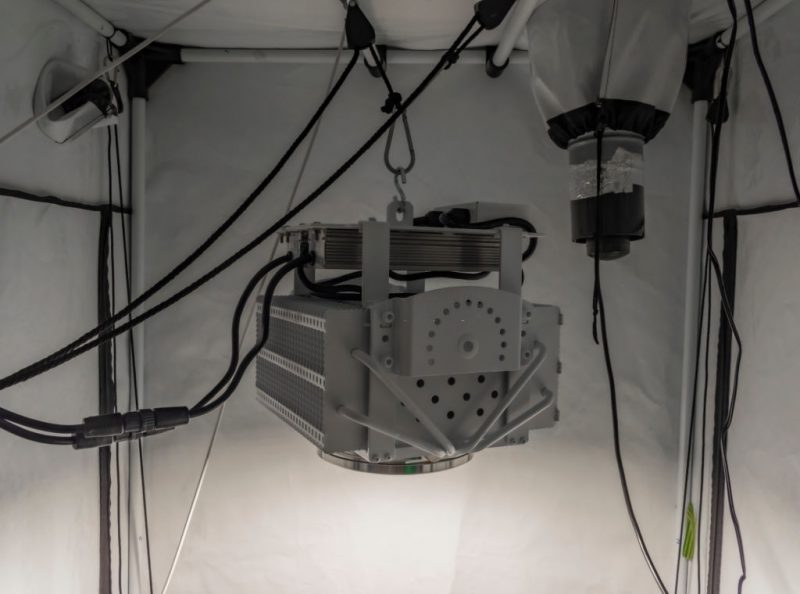
Cultivation marijuana for personal use at home I typically recommend not to settle for anything less than a 3x3ft grows tent because it can easily accommodate 2-3 plants and still have plenty of space to space left for equipment.
2. Grow tent critical design features
The tent design is one of my top criteria when searching for a great indoor grow space.
Buying a poorly designed tent will ultimately lead to modifying the structure to compensate either for the lack of features or patching up useless features that are an obstacle instead of a solution.
The perfect grow tent is usually a simple design with only the necessary but useful core features.
Some tent manufactures get even the most basic design principles wrong like not enough ventilation holes, or planning a vent window in such a way that it is unpractical to use.
These kinds of design flows can put you in a world of hurt because it eventually leads you to make customizations to the tent which either weakens the structure or make it challenging to work with.
When examining a tent for purchase, firstly, make sure the tent is designed with the necessary vent holes at the right location. Aside from the required ventilation holes, verify that the tent has extra ventilation windows that are located near the bottom of the tent.
Proper ventilation in a grow tent is an essential deciding factor when it comes to raising healthy plants.
Secondly, I recommend looking for a one-door tent design, while two doors sound extremely useful, I found that I rarely used mine because one door is smaller than the other which makes it challenging to use.
Apart from accessibility, more zippers door means one more element that can malfunction or break.
I found the simplicity definitely wins when it comes down to design.
3. Frame structure strength
Imagine installing a lightweight ceiling fan in your living room that made the roof collapse because of how poorly the house was built.
The strength of the grow tent frame plays an important role in the flexibility of the grow space.
If the frame is not strong enough to withstand the weight of lighting and other equipment, it will leave you in a really tight spot.
A flimsy frame will only be able to support equipment weight in the tent corners which eliminates the flexibility of moving equipment around inside the tent to dial in the perfect environment.
4. Quality zippers for better yields
Zippers are the most used feature on a grow tent which is why it makes sense to pay more for a tent with a heavy-duty zipper.
I found that the zipper has always been the first thing to break on my cheap tents which can mean disaster when it comes to harvesting time.
Bad quality and broken zippers often let outside light through which messes with the plant’s internal clock and can be a significant stressor triggering the plant’s survival mode.
While erratic day and night cycles are not a powerful enough stress to cause hermaphroditism, however, combined with other stressors like trimming it might just be too much for the plant to handle all at once.
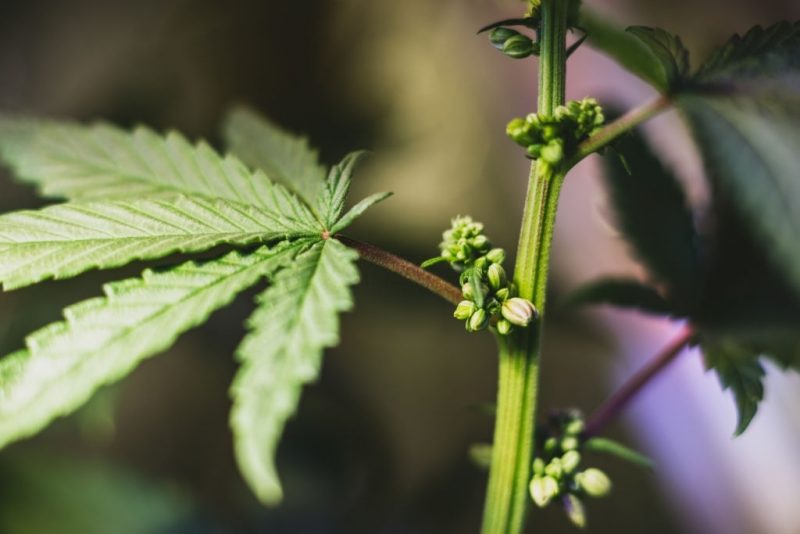
5. Canvas quality and reflectiveness for higher THC levels
The canvas quality plays an important role in raising healthy cannabis plants and reaching the highest possible THC level at harvest time.
Firstly, the most obvious sign to look out for is the canvas thickness because cheap tents are built with thin material that can easily tear.
There is nothing worse for an indoor marijuana cultivator to have to fix a torn tent during a growth cycle because if this happens during the flowering stage the pungent marijuana smell might alert the neighbors.
While for most people exposing their doing to your neighbors may not be a problem, I prefer to operate under the radar regardless of the legal circumstance.
Secondly, apart from durability problems, thin canvas material does not effectively isolate the plants from the outside temperatures.
While this can be easily counteracted with inexpensive tricks, it can most certainly increase the overall electricity bill if you live in a region with more extreme hot and cold climates.
Thirdly, good THC levels in marijuana flowers are greatly dependant on the quality of light the plants are exposed to.
The reflective material of poor quality grows tents are often built from cheap material with weak reflective power which ultimately leads to diminished yields.
Useless dumb grow tent features
There are many super cool features available to grow tents, some are extremely useful borderline essential, and others are only bells and whistles and pretty much useless.
One of the most useless features is viewport windows to check on the plants without opening the door.
This is a pretty stupid feature because it takes the same amount of effort to open the door compared to using the viewport window.
This is one of those features I got pretty excited about when I purchase my first grow tent but the romance quickly faded because I never really used it.
Apart from being useless features, the zip and the window viewport is an extra liability when it came to durability.
Adding extra bells and whistle weakens the overall durability because it is one more element the are more likely to tear or break.

